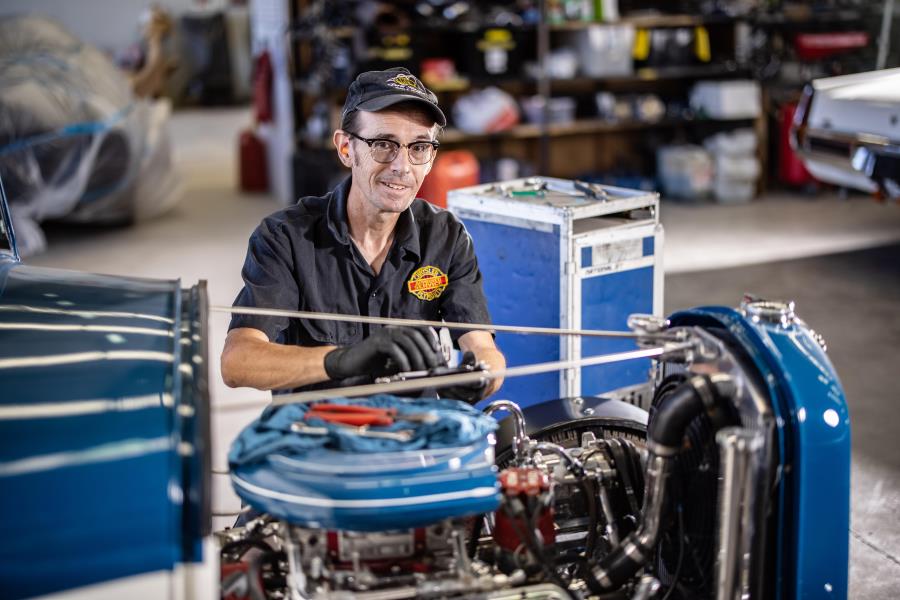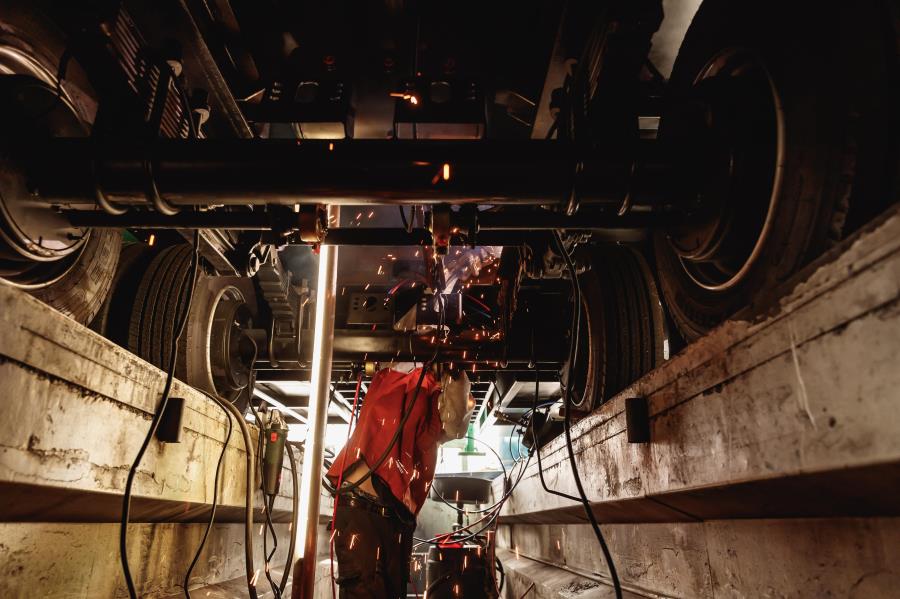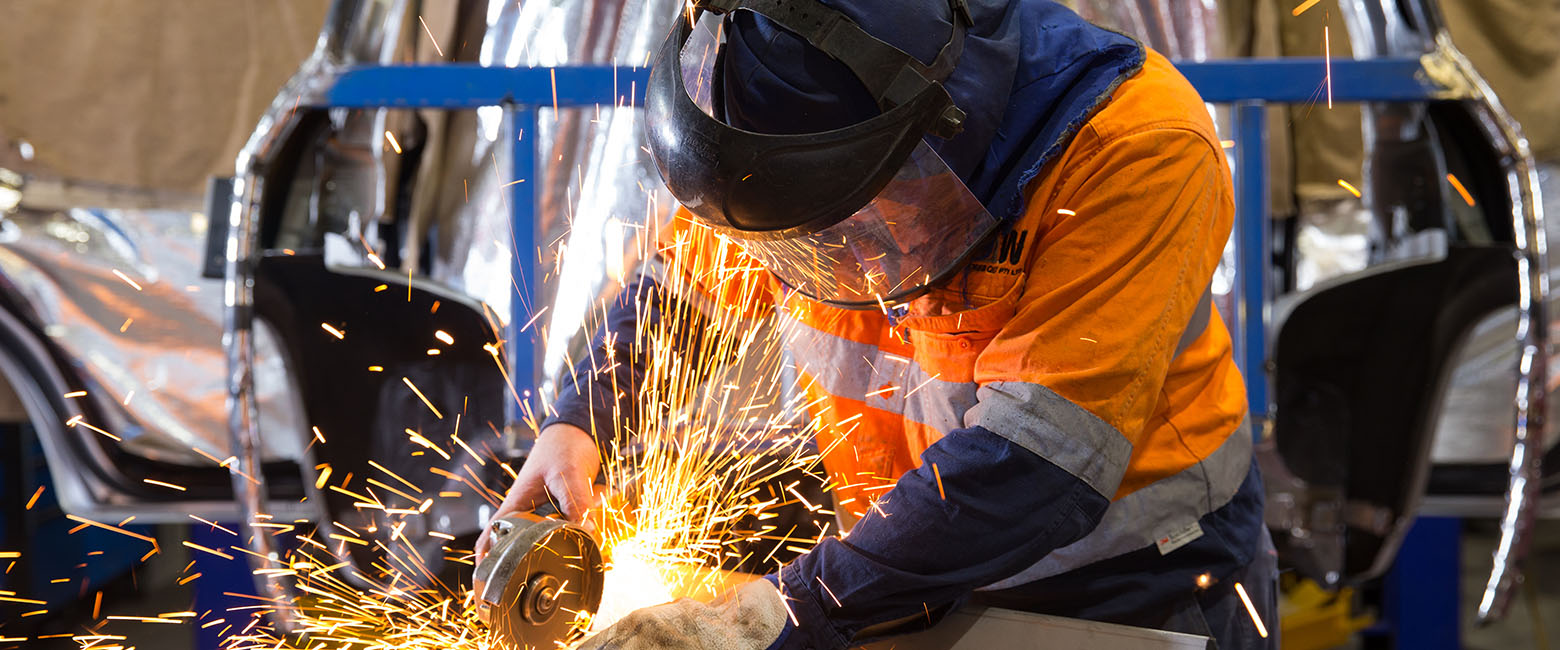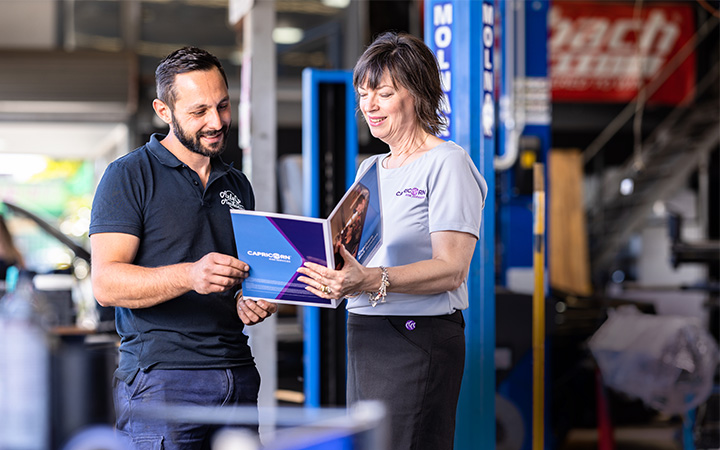This implies that recurring tasks need to be evaluated regularly if a workshop hopes to keep up to date and run at peak efficiency.
Have you ever seen the service process involved with the servicing of an aircraft engine? It’s extremely detailed and every step is documented, for obvious reasons. We don’t need to go to that extreme, but a position somewhere in the middle would be ideal.
Revising service processes might seem like a time-consuming chore, but doing it in an orderly fashion will be worth the effort. Workshop efficiency will improve and any recurring service issues will be resolved. As a by-product, and a real bonus, the quality of work will rise, and training new technicians will become infinitely easier.
Where to start
In considering what basic service processes need to be improved, start with the jobs that irritate you the most. It might be a task that takes longer than it should or one in which mistakes consistently occur. It doesn’t really matter if at first you don’t know exactly why it bothers you – the fact that it does is enough to indicate that something isn’t working as well as it should be.
Involve your team
As a workshop manager or owner, you may not be directly involved with everything that happens on the workshop floor, so process improvement needs to involve your team. Those doing the work will have the best knowledge of the specifics, so you should involve them in any refinement of the job process.
Workshops should never be satisfied following the same process over and over if there is a better way to do the job. Routinely ask your team members to let you know if they think a job can be done better, because staff see things from a different perspective.
You can often pick up new processes through the networks you have joined or ones that you follow. Networks can be a good source of information. The best information comes from those who have made changes and have reported great improvements by doing so.

Something measured is more likely to be improved
To make sure any new process is worth adopting, you need measurements and statistics, such as the time taken for the job and the quality of the finished job. The reasons you are thinking about refining the process will give you a clue about what to measure.
By measuring routine jobs, and tracking progress on each one, patterns will emerge that will lead to the changes that will have the biggest impact on efficiency.
What’s the current process?
Mapping out the current process is the best way to visualise it and break it down into individual steps. This will give you a benchmark by which future improvements can be measured.
An easy way to do this is to write down every individual step associated with the service process on its own sticky note, then stick them on a whiteboard in the order in which they are performed.
Review each individual step
Look at each step in the process and question it. Why is it done this way? Can it be done differently? Is there a better way?
Look at the steps with fresh eyes and no bias. Think differently about what you’re doing and why you’re doing it. Just because something has been done a certain way for a long time doesn’t mean it’s the best way. Sometimes new steps might need to be added to the process, but generally speaking, it's best to cut the process down in size where possible.
Start putting together a new process
Simply rearranging the task order doesn’t help. Think about the process from the start and frame it without thinking too closely about how it has been performed in the past. New approaches to the job will often emerge and could lead to significant improvements.
Drafting up a new service process independent of the existing process will show any gaps between the two. Identify those differences so that you can measure the changes that drive the biggest overall improvements.
Time to try the new process
New processes developed by using this methodology may not be too different from your current process, and may not even be better. Before adopting it on the workshop floor, run through it with the leading technician.
Any service process should be used at least five times on the workshop floor to prove its value. If it falls short in some way, you will need to revisit the review.

Write it down and roll it out
Throughout this process you should be writing down your progress and any revisions. At the very least, the finished process must be documented because this is what will be used to implement the changes on the workshop floor.
As well as being used to apply new processes universally in the workshop, these will be the processes used for training new technicians and will serve as a constant reminder of ‘this is the way it’s done around here’.
Monitor, watch and review
Don’t stop at one process. Keep looking for the next process to improve, because technology is changing all the time. Today’s efficient process could be old-fashioned tomorrow.
Re-evaluate all your processes at regular intervals. The process of change gets easier as the workshop becomes more efficient.
Set a goal to review two service procedures in the next month and team up with a staff member to make sure the project is completed and any changes are implemented.
Don’t assume every process is the right one. Question everything and interrogate the reasons for each step in a process and why it is done that way.
Aiming for consistent improvement within the workshop, no matter how small the improvements, is really a basic management duty for survival. Every improvement you make will deliver savings in time, effort and resourcing.


